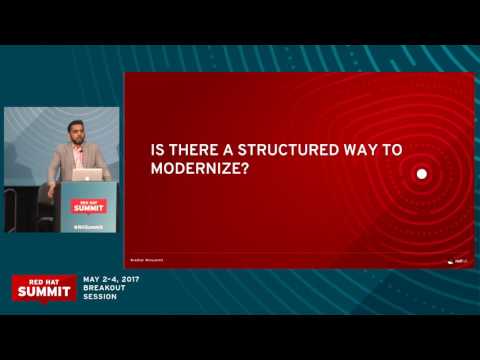Description:
Explore Verizon's journey in containerizing legacy applications on OpenShift in this 43-minute breakout session from Red Hat Summit 2017. Discover how enterprises can modernize critical legacy applications without disrupting revenue generation or risking downtime. Follow Verizon's 2-month proof-of-concept as they tackle the challenges of containerizing a complex application using Red Hat OpenShift Container Platform. Gain insights into the successes, setbacks, and lessons learned during the modernization process, including strategies for innovating from the inside out. Examine cloud adoption trends, modernization patterns, and architectural changes involved in moving from monolithic structures to containerized environments. Learn about different approaches to workload modernization, such as lift-and-shift and complete rewrites, and understand their comparative benefits. Dive into the specific objectives, methodology, and outcomes of Verizon's VZSearch modernization project, providing a practical roadmap for modernizing entire application portfolios in enterprise environments.
Read more

From Monolith to Containers - How Verizon Containerized Legacy Applications on OpenShift
Add to list
#Conference Talks
#Red Hat Summit
#Computer Science
#DevOps
#Docker
#Programming
#Cloud Computing
#Cloud Adoption
#Containerization